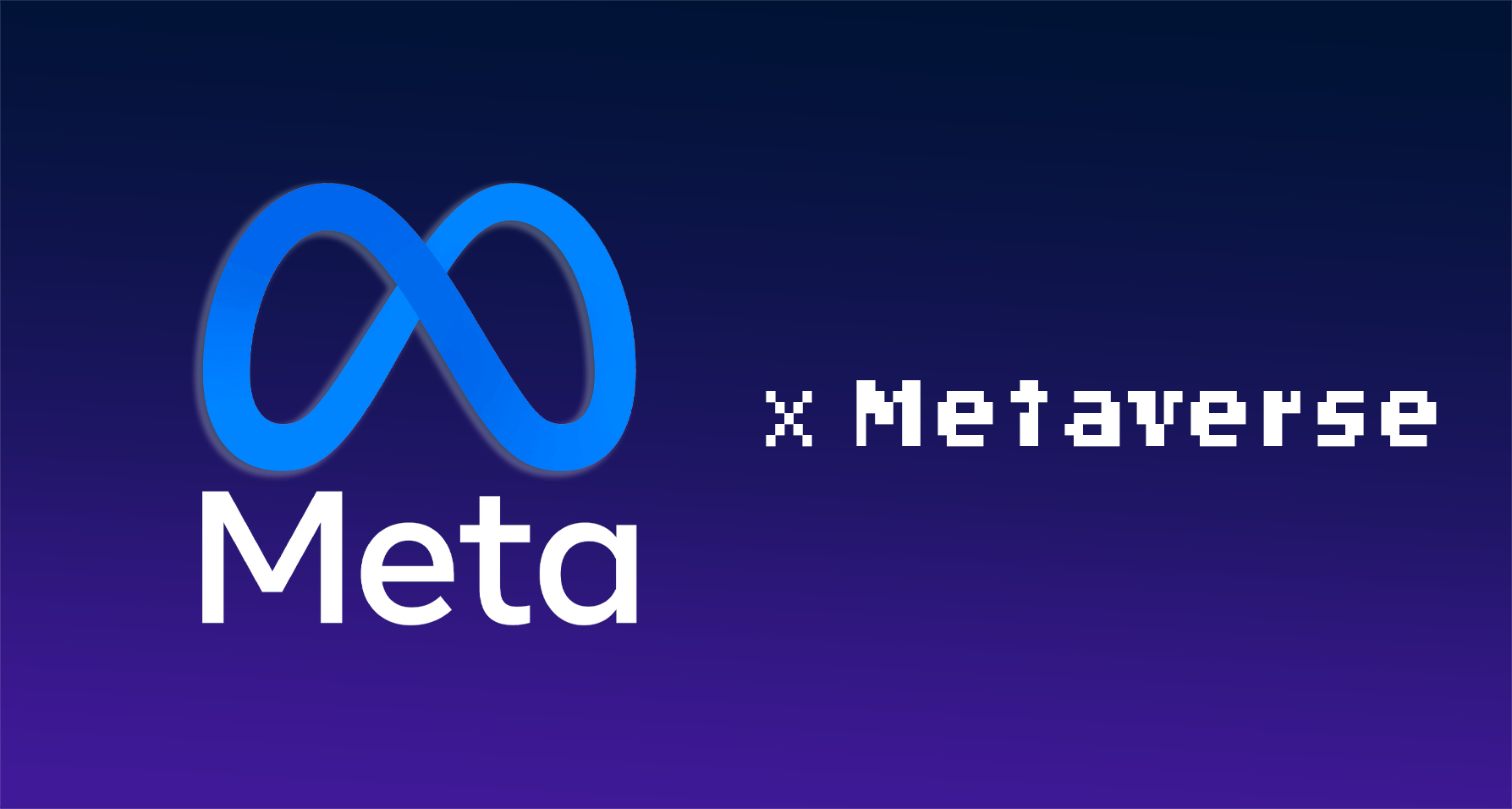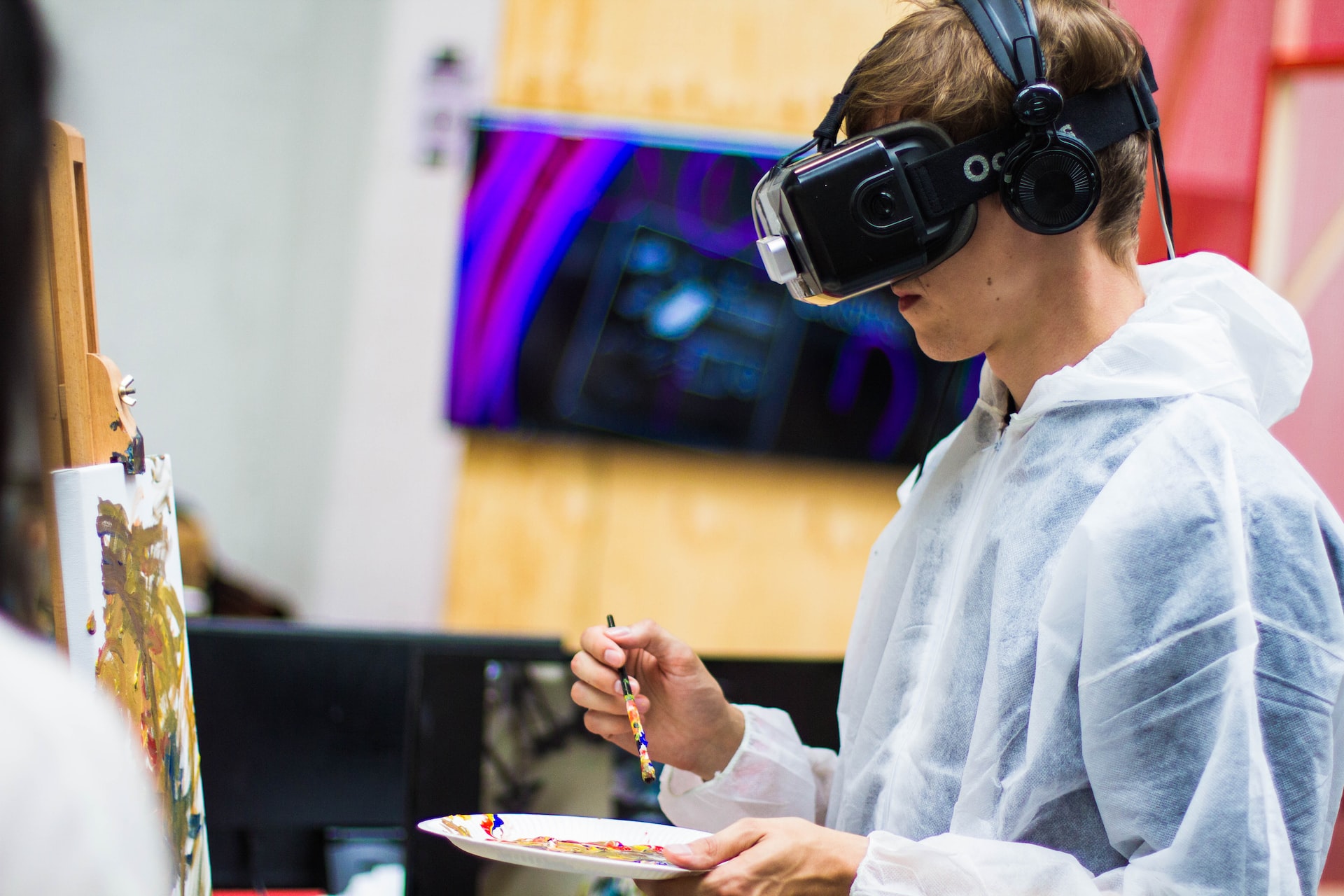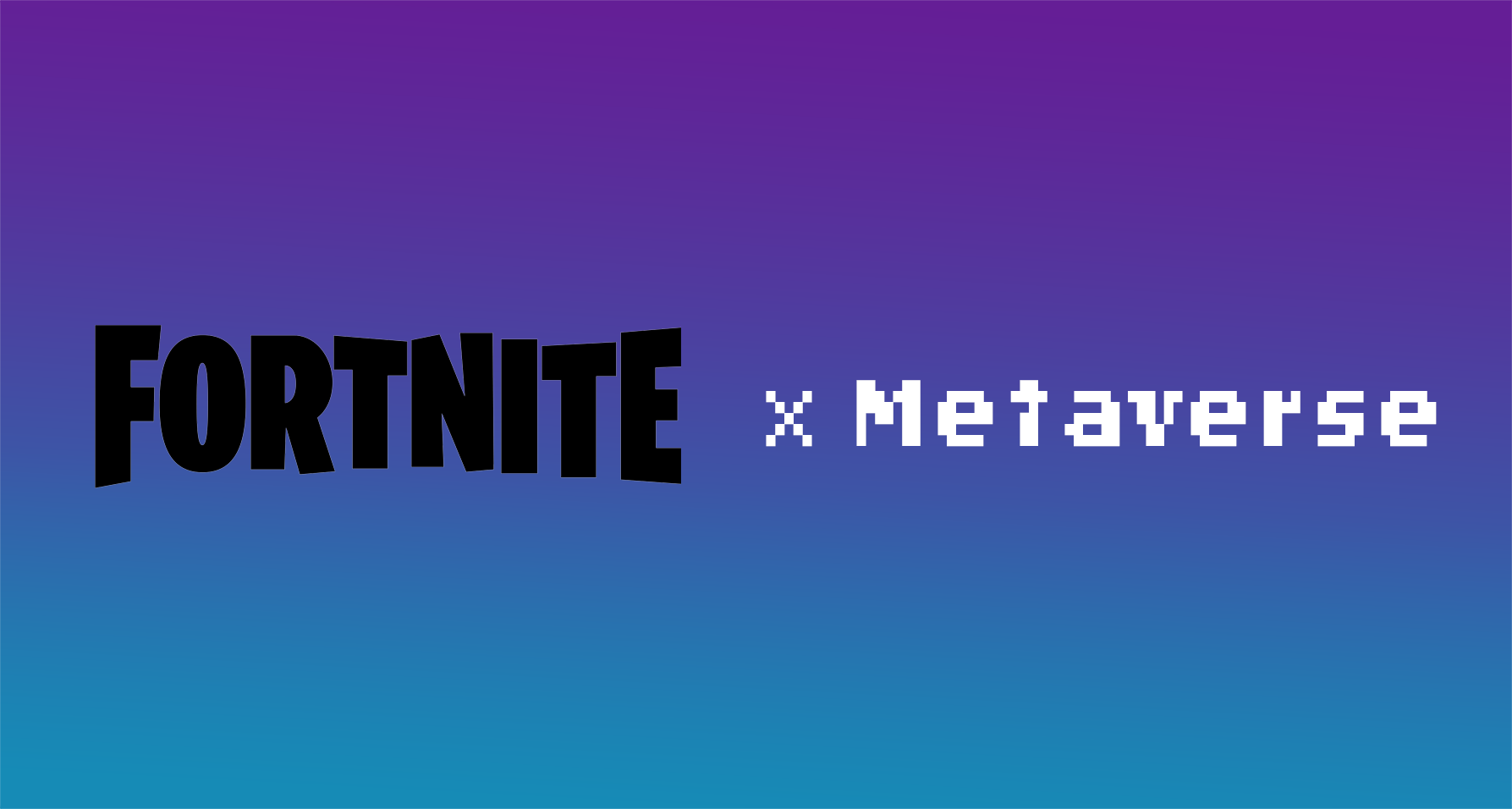Welcome to the Metaverse! Have you ever felt that the world we live in is just too limited? Then you’ve come to the right place. We’re here to explore the mysterious and unknown – the Metaverse. So, what exactly is the Metaverse? Well, read on and find out!
Introduction to the Metaverse
The Metaverse is a virtual world, a shared space that exists in cyberspace. It can be thought of as an interconnected, 3D network of visualized space. It is different from other types of virtual worlds because it is completely virtual, meaning it does not exist as a physical space, but rather as a digital environment that anyone can enter and explore.
The Metaverse contains many interactive elements such as avatars, objects, games and activities that allow users to interact with each other in real time. The term “Metaverse” was first coined by Neal Stephenson in his 1992 novel Snow Crash in which he envisioned an emerging global computer network involving virtual reality and AI technologies – a concept now recognized by technologists and futurists worldwide.
The Metaverse provides users with the opportunity to create their own digital identity or avatar that looks like themselves or any other type of character they choose to represent them within the metaverse. They can also create customized environments and challenges inside the metaverse for others to explore and interact with – making the experience customizable for all users involved. In addition to this, many companies are investing heavily into building various online services (commerce, gaming etc.) inside the metaverse which will likely revolutionize industries like entertainment and education over time.
What is the Metaverse?
The Metaverse is a virtual world composed of persistent digital realities, where people can live and interact. It is a place where users can start their own company, create artwork, enjoy fantastic adventures and explore new concepts. The Metaverse is made up of a vast network of connected virtual worlds known as holonets which are hosted on different platforms.
Each holonet has its own unique set of rules and laws that ensure the safety and security of the metaverse inhabitants. Metas, or metaverser users, travel between these holonets using portals to access different services such as media content and entertainment experiences. metadata is used to describe user activity within the metaverse along with their avatar features outside the context of specific marketplaces or service areas for sharing between multiple parties in transactions or data exchanges.
The concept behind the Metaverse has been around since the early 2000s but only recently seen mainstream success due to improved technology capabilities in hardware and software development tools as well as increased availability to users through gaming consoles and modern web browsers such as Chrome and Firefox. Over time, an entire ecosystem has grown up around it leading to a wide variety of use cases from trading digital assets (NFT’s) to hosting virtual events like conferences or even virtual weddings! The future potential for the Metaverse is exciting indeed!
How the Metaverse Works
The Metaverse is a virtual world, in which millions of people have the opportunity to interact with each other as avatars, exploring vast landscapes and environments. It is a future-oriented world filled with possibilities for growth, development and creation. The Metaverse consists of two main components: the Infrastructure and the ApplicationsÑthe latter of which are developed using various types of coding languages or virtual reality platforms like Unity.
The Infrastructure layer is comprised of servers and computers that allow users to access the network from anywhere in the world, as well as create an environment that provides real-time services. This layer enables basic operations such as communication protocol support (e.g. HTTP/S), storage capabilities (e.g. databases) and content delivery networks (CDN) for scaling an application so it can handle large amounts of user traffic quickly and efficiently.
The Applications layer utilizes this infrastructure by creating engaging experiences that users can access within the Metaverse. This may include tools to upload 3D models into scenes, develop interactive applications like minigames in order to compete against other players, facilitate virtual conferences and events, or even build new social networks Ð all capable due to underlying technologies such as WebGL and JavaScript frameworks that power modern browser-enabled experiences on devices such as smartphones, tablets or PCs connected online via 5G networks or fiber optic cables.
The users are at the heart of this ecosystem; they are able to control their own experience within the Metaverse by changing their avatars’ appearance or by developing their own applications on top of existing Infrastructure platforms like Ethereum’s blockchain-based decentralized apps platform or High Fidelity’s distributed computing platform optimized for virtual realities – both providing safe environments for applications development without relying on any single entity for hosting purposes due its distributed nature across multiple nodes/servers connected through secure protocols. Furthermore, these communities are only growing larger through various initiatives taken by organizations aiming at facilitating access to virtual reality development ensuring its relevance in our lives moving forwards from hereon out!
Benefits of the Metaverse
The Metaverse is a collective virtual shared space, created by the conjunction of all virtual worlds, augmented reality and the Internet. It consists of previously unconnected virtual worlds or galaxies and serves as an open environment for people from all over the world to interact in various activities, such as gaming and socializing.
The primary benefit of the Metaverse is its ability to operate independently and offer more immersive experiences than traditional analog systems. This offers users a more personalised experience that is tailor-made for their needs and preferences. Additionally, it provides an incredibly rich canvas on which creators can create new digital universes that users can explore.
The Metaverse also enables users to meet new people living in different parts of the world by providing them with near-instantaneous access to one another’s digital presence. People who have never interacted in person can communicate via voice or text chat with ease, which increases the level of connectivity between two individuals significantly. Furthermore, all sorts of professional networking opportunities are presented through interaction on the Metaverse’s platform, making it a great place for entrepreneurs looking for those elusive connections needed for success in business.
From a business perspective, companies can use the Metaverse as a highly effective marketing channel; allowing them to reach out to potential customers from around the globe with minimal effort or expense. Additionally, businesses are able to use advanced virtual reality tech like AR/VR headsets and tools to create engaging experiences for customers that will help make their brand stand out from competitors in an increasingly crowded market landscape.
Challenges of the Metaverse
The unique challenges of designing a virtual universe, commonly referred to as the “Metaverse”, have prompted discussions among developers and technologists for over two decades. It is required to build an area with few or no analogs in our physical world, as its core idea lies on making the networking and communication active within the world.
The concept of the Metaverse is incredibly broad and ambitious. Its scope spans everything from developing a virtual environment with realistic graphics and physics models that can host people from around the world, to creating a completely self-contained economy where players earn rewards for contributing their skills or creativity to the gameÕs content. It requires thoughtful consideration of user experience requirements in order to target both new users and seasoned veterans alike. Additionally, there are important security considerations that need to be taken into account when building this type of digital landscape.
Furthermore, gaming technology will prove fundamental in helping developers build custom avatars with individualized features that are surprisingly lifelike while also enabling users to explore expansive areas with minimal interruptions from loading screens or waiting times. Developers must combine innovation across several tech domainsÑfrom augmented reality (AR)and virtual reality (VR)to artificial intelligence (AI) in order for these visions of potentiality within the Metaverse to reach fruition. Thus, designing the Metaverse involves integrating multiple layers of simulation technology simultaneously in order to create an environment which is both immersive and precise in its complexity.
Applications of the Metaverse
The Metaverse is an emerging technology-enabled platform for virtual reality, which can provide a powerful platform for different types of applications and services. It offers the potential for individuals and organizations to collaborate in ways that were not previously possible by creating private and public shared spaces online. As such, the technology has immense potential to revolutionize how we live, work, socialize, learn, shop and do business.
There are a range of uses that the Metaverse can be applied to: business operations, medical care facilities, educational institutes, virtual communities and many more. One example is for businesses to set up their own interactive 3D environments where staff can convene meetings or learn new skills in a manner unparalleled compared to present work conditions. Virtual reality applications allow companies to set out their vision or display a product range over multiple locations without physically visiting the area; while educational institutes have began setting up VR experiences as part of their curriculum.
Moreover, people also gain access to new social platforms as soon as they log on into the Metaverse where they can participate in activities such as chatting or gaming against others or playing immersive titles with knowledgeable characters that come alive through graphics and audio cues – these experiences have become increasingly popular with entertainment media today. Further applications may include use within healthcare facilities where VR capabilities help augmented diagnosis between doctors and patients overremote distances or retailers who utilize virtual floorplanning designs among other ideas whose applications are fully enabled through use of theMetaverse technology stack.
The Future of the Metaverse
The Metaverse, often described as a future internet, contains not just a multitude of websites, but full-fledged virtual worlds that provide us with digital counterparts to our physical world. It is a globally connected network of virtual worlds, including both computer-generated simulations of reality and entirely new virtual realms. As the Metaverse expands and matures, it will eventually become the platform upon which people develop relationships, business models, communication tools and entertainment experiences.
In its current form, the Metaverse is an exploration ground for emerging technologies such as augmented reality (AR) and virtual reality (VR). It also encompasses digital objects such as 3D models, textures and even animatronic characters in its virtual world. The Metaverse enables users to represent themselves digitally in this dynamic environment and interact with other entities in real time replicating interactions we have everyday offline.
The Metaverse’s potential extends beyond entertainment into valuable use cases such as e-commerce markets and job fairs that fuel businesses around the globe. It introduces opportunities for social integration between people from all over the world, plus decentralized applications that have far reaching implications for self-governance online privacy laws and financial platforms. The boundaries of what will be possible in the Metaverse may be set only by our imagination.
Conclusion
The significance of the Meta’s Metaverse is that it is a massive virtual environment with a rich virtual and interactive experience that can be accessed by anyone with the right tools. It provides users with an ever-evolving online space in which to explore, play, and interact. Through games, activities, and even commercial products, the Metaverse enables innovative ways of communicating and interacting with other users around the world.
As technology continues to advance, so too will the capabilities of the Meta’s Metaverse open up new possibilities for communication, entertainment, commerce, and more. With every new generation of user interface and hardware advancements comes a unique set of opportunities for developers to explore within this ever-growing virtual universe. For now though it remains as a scientifically advanced platform that promotes exploration in an organized fashion while allowing users to delve into new areas as they choose.






